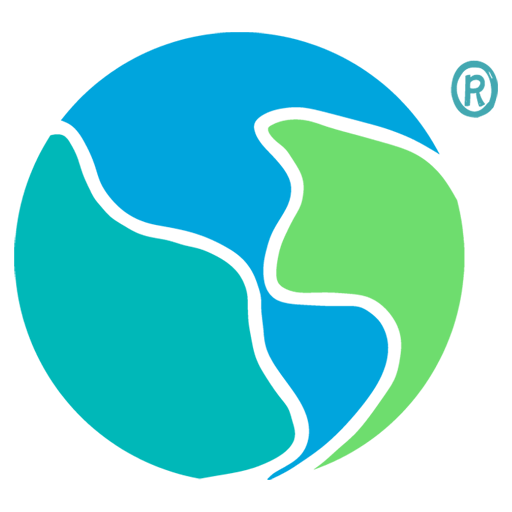What is Reverse Osmosis (RO)?
RO is a process of transferring solutes from high concentration areas to low concentration areas in a solution through a semi permeable membrane. It is a commonly used water treatment technology that can effectively remove impurities such as dissolved solids, dissolved gases, and microorganisms from water, resulting in purified water. At present, the reverse osmosis technology is widely used is our lift such as the drinking water treatment, water treatment for food/beverage etc.
The significance of the main parameters of reverse osmosis is that there are several key parameters that need to be considered in the reverse osmosis process, which have a significant impact on the performance and effectiveness of reverse osmosis equipment.
The Flux: Flux refers to the amount of water that passes through a reverse osmosis membrane per unit time. The magnitude of flux directly affects the processing capacity of reverse osmosis equipment. The larger the flux, the more water is processed per unit time, and the higher the equipment efficiency. The unit of flux is usually liters per hour (L/h) or gallons per day (GPD).
Recovery Rate: Recovery rate refers to the proportion of water from the inlet to the outlet during the reverse osmosis process. The higher the recovery rate, the higher the utilization rate of reverse osmosis equipment and the greater the water production. Generally speaking, a recovery rate between 50% and 85% is a common range.
Salt Rejection: Salt rejection refers to the removal effect of reverse osmosis membranes on dissolved salts in water. The higher the salt removal rate, the stronger the ability of the reverse osmosis equipment to remove salt, and the lower the salinity of the produced water. Generally speaking, the salt removal rate of reverse osmosis equipment can reach over 90%.
Water Quality: Water quality refers to the water quality requirements that the treated effluent meets. Different application scenarios have different requirements for water quality, such as drinking water, industrial water, etc. Reverse osmosis equipment needs to adjust process parameters according to specific application requirements to achieve the required water quality standards.
There are also many factors that affect the main parameters of reverse osmosis, which makes the different parameter of the reverse osmosis and affect the above mentioned factors.
The size of the main parameters of reverse osmosis is influenced by various factors, and the following are some common influencing factors:
The inlet water quality, which also calls the raw water: Inlet water quality is one of the important factors affecting the main parameters of reverse osmosis. Impurities such as dissolved solids, dissolved gases, and microorganisms in water will adhere to the reverse osmosis membrane, reducing flux and salt removal rate. Therefore, the quality of incoming water directly affects the performance of reverse osmosis equipment.
Inlet water pressure: Inlet pressure is an important factor affecting flux and recovery rate. The higher the inlet pressure, the greater the flux, and the higher the recovery rate. Generally speaking, reverse osmosis equipment requires a certain inlet pressure to function properly.
Inlet water temperature: The inlet water temperature has a certain impact on the performance of reverse osmosis equipment. Lower inlet water temperature can increase flux and salt removal rate, but it can also increase energy consumption. Therefore, the influence of inlet water temperature needs to be considered when designing reverse osmosis equipment.
Membrane selection and maintenance: The selection and maintenance of reverse osmosis membranes also have a significant impact on the main parameters of reverse osmosis. Different materials and pore sizes of membranes have varying effects on water quality treatment.
In addition, membrane cleaning and replacement are also important measures to maintain the performance of reverse osmosis equipment.
The main parameters of reverse osmosis are important indicators for evaluating the performance and effectiveness of reverse osmosis equipment. Flux, recovery rate, salt removal rate, and water quality are the most critical parameters in reverse osmosis. The factors that affect these parameters include inlet water quality, inlet pressure, inlet water temperature, and membrane selection and maintenance. By optimizing the inlet water quality, controlling the inlet pressure and temperature, and regularly maintaining and replacing the membrane, the performance and effectiveness of reverse osmosis equipment can be improved, resulting in higher quality water production.















